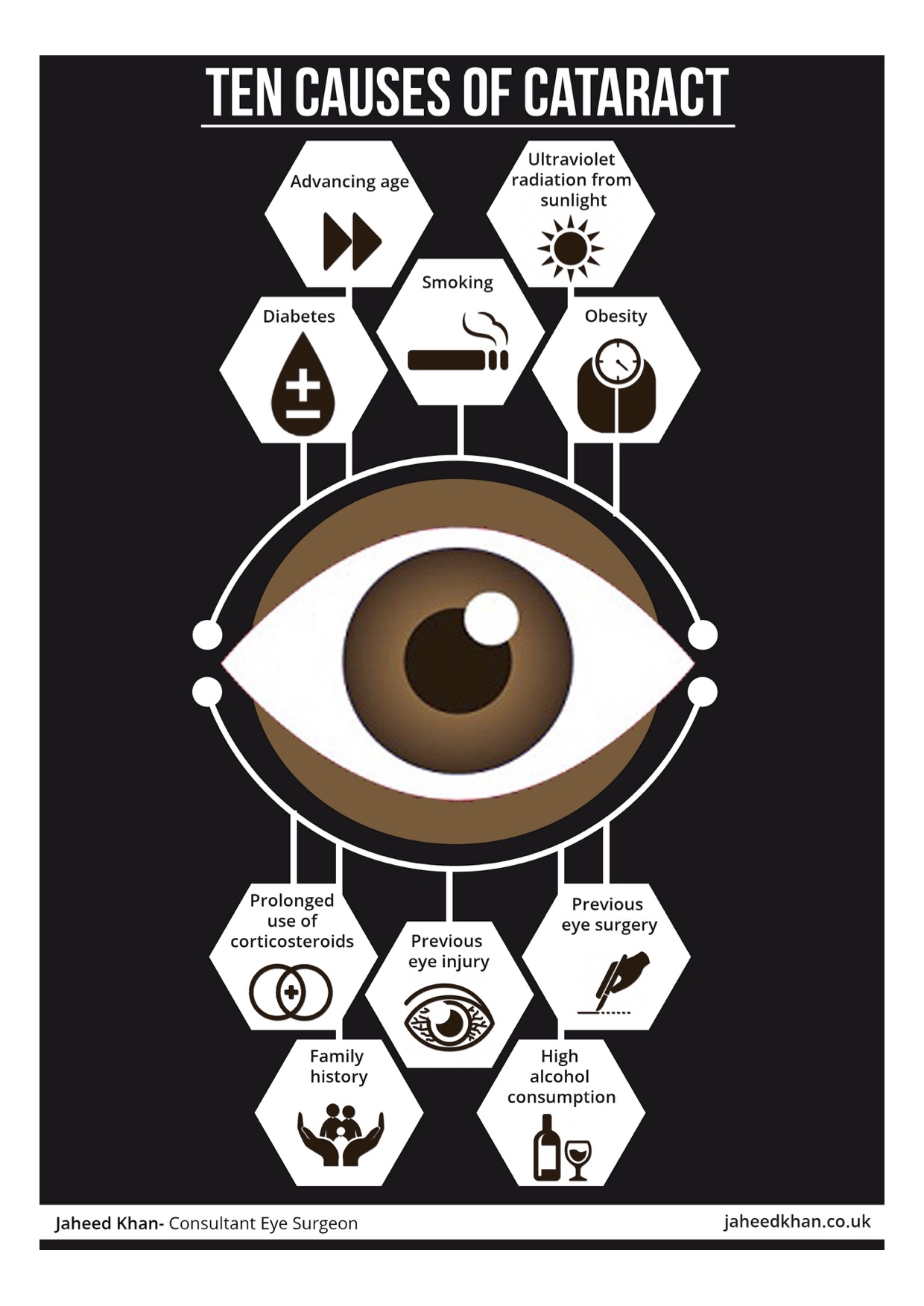Checking Out Traditional Vs. Innovative Glaucoma Therapy Techniques
Checking Out Traditional Vs. Innovative Glaucoma Therapy Techniques
Blog Article
Created By-Daly Lassen
Did you know that the advancement of glaucoma treatment approaches extends centuries, encompassing both conventional treatments and innovative technologies? From old organic mixtures to sophisticated Minimally Invasive Glaucoma Surgical procedure techniques, the spectrum of choices is large. As Cost Eye LASIK Surgery delve into the complexities of standard versus cutting-edge strategies, you may reveal unusual insights that test conventional viewpoints on treating this widespread eye condition.
Historic Advancement of Glaucoma Treatments
The historic development of glaucoma treatments dates back to ancient civilizations where different treatments were made use of to take care of the problem. In old Egypt, for instance, therapies involved a blend of honey, fat, and sour milk applied to the eyes. The Greeks and Romans likewise added to early glaucoma therapies with a focus on topical applications and nutritional treatments. Throughout history, varied cultures developed unique strategies to reduce the symptoms of glaucoma, often rooted in organic solutions and superstitions.
As time proceeded, innovations in clinical knowledge led to more systematic approaches to dealing with glaucoma. In the Middle Ages, Arabic scholars made considerable payments by studying the anatomy of the eye and creating medical methods to address eye problems. These very early developments laid the structure for modern glaucoma treatments that we have actually today. Recognizing the historical context of glaucoma therapies offers useful understandings into the continuous progress and improvement of clinical practices over the centuries.
Contrast of Conventional Methods
In comparing traditional approaches for dealing with glaucoma, consider the historical contexts and performance of numerous treatments.
Traditional treatments for glaucoma have progressed over centuries, from ancient techniques like using honey and white wine to a lot more current improvements such as eye decreases and surgeries. Historically, remedies like the application of leeches or herbal concoctions were used to reduce signs, yet their performance was restricted.
As visit site advanced, techniques like iridectomy, where a part of the iris is gotten rid of, became popular for decreasing intraocular pressure. Some conventional approaches, like utilizing oral drugs to lower eye stress, have stood the test of time and are still made use of today. Nevertheless, these treatments often feature adverse effects and may not be as reliable as modern-day alternatives.
It's important to consider the historical relevance of conventional glaucoma treatments versus their efficiency in the context of existing clinical innovations.
Evaluation of Ingenious Treatment Methods
Considering the progressing landscape of glaucoma treatment, cutting-edge techniques are revolutionizing the means this eye condition is handled.
One noteworthy innovation is minimally intrusive glaucoma surgical procedure (MIGS), which offers a less invasive choice to traditional surgeries. MIGS aims to decrease intraocular stress by enhancing the eye's all-natural drain system, leading to fewer difficulties and faster recuperation times compared to standard surgical procedures.
Furthermore, the growth of sustained-release medicine distribution systems has actually provided a more effective method to provide glaucoma medication. These systems can launch medication slowly over an extensive duration, boosting individual adherence and lowering the regularity of eye declines.
Moreover, emerging technologies like selective laser trabeculoplasty (SLT) offer a non-invasive choice for lowering intraocular stress by targeting specific cells in the eye's drain system.
Final thought
As you assess the evolution of glaucoma therapies, you can see exactly how standard approaches have led the way for ingenious techniques to arise.
From old treatments to modern-day advancements, the trip of treating this complex eye condition has actually resembled a rollercoaster ride.
However with new methods like MIGS and sustained-release drug distribution, the future appearances brighter than ever before for clients looking for effective and much less invasive services.
